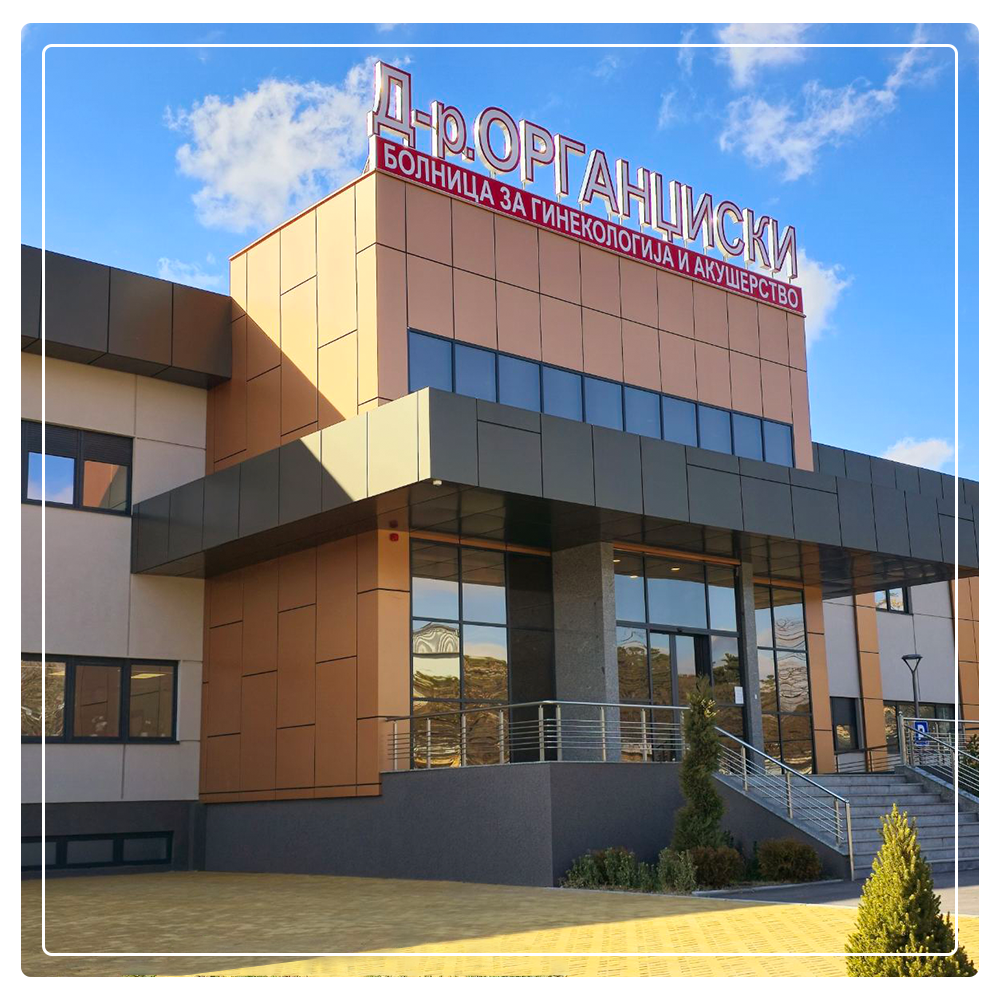Explain the procedure to me!
What should I expect?
On the second day of your menstrual cycle, you would start with medicine such as “Jasmin” or “Microgynon”, taking one pill per day, around the same time every day. By the time you are taking the 16th or 17th pill, you should schedule a check-up. The ovaries should be clear, there shouldn’t be any cysts.
You then start with the suppression medications, to settle down the ovaries, i.e. you inject yourself every morning around your bellybutton. These injections are very simple and we would instruct you on how you can do them yourself. Unless our doctor advises you otherwise, you should continue and finish drinking the pills. 5-7 days later, you would get your menstrual cycle. It can be weaker, do not worry, just let us know!
On the third day of your period, we would do an ultrasound check-up to make sure that the ovaries are calm and we do a hormonal status. We would start you on stimulation medication which should be administered in the afternoon. Our doctor would decide on the dosage on the next check-up date. The stimulation period usually lasts for 8-9 days and then our doctor would determine when to administer the stop injection. 36 hours later we would do the punction to aspire the egg cells. You would be asked to come for this procedure hungry and thirsty (on an empty stomach) about an hour prior to the aspiration procedure. The process is done with a short-term local anesthetic so you would feel no pain whatsoever!
Afterwards, you would be informed on the number of retrieved egg cells and you husband would be asked to provide us with his semen. You would be prescribed medication for the next 2-3 weeks (up until the pregnancy test). This is the day we wall DAY 0 i.e. it is a day to rest and relax after the procedure. You might feel slight pain but, do not worry, if there is some pain it will dull out the very next day! You should spend the time relax because the very next day our embryologists would inform you about the number of fertilized egg cells and how they are developing.
This is day 1, when we check the fertilized egg cells. We can see the conception has taken place when there are 2 pronuclei – one from each parent. On day 2, the embryos should be divided into 4 blastomeres, although there could be alternations and there could be 2-3 or more blastomeres. On day 3, the ideal embryos are cleaved into 8, equally sized blastomeres. If there are any abnormalities with the cell division, do not be disappointed because this is the purpose of treating every retrieved cell – in order to have multiple cells and choose the best for you. On day 4, the embryos are in the so-called morula state – they are compacted. On day 5, the embryos should be at the blastocyst point. This is the day the embryo transfer is made. It the best stage of the process, when we return the best one to two embryos in your womb. This is done via a very thin catheter and you shouldn’t sense any pain. You would remain in the OR for an hour more and then you go home.
It is recommended that you relax and rest for the next two days because those are the crucial days when implantation should occur- the embryo should embed in the uterus.
Afterwards, you can go back to work but keep in mind to avoid stress and heavy lifting. If your job involves physical effort or psychological stress, your resident gynecologist should prescribe a 2-week sick leave for you.
14 days after the embryo transfer, you should do a blood test for pregnancy. If it is positive, you should continue taking the medicine prescribed by our doctors and we would schedule an ultrasound check-up in 7-10 days, in order to confirm the presence of one or two sacks.
